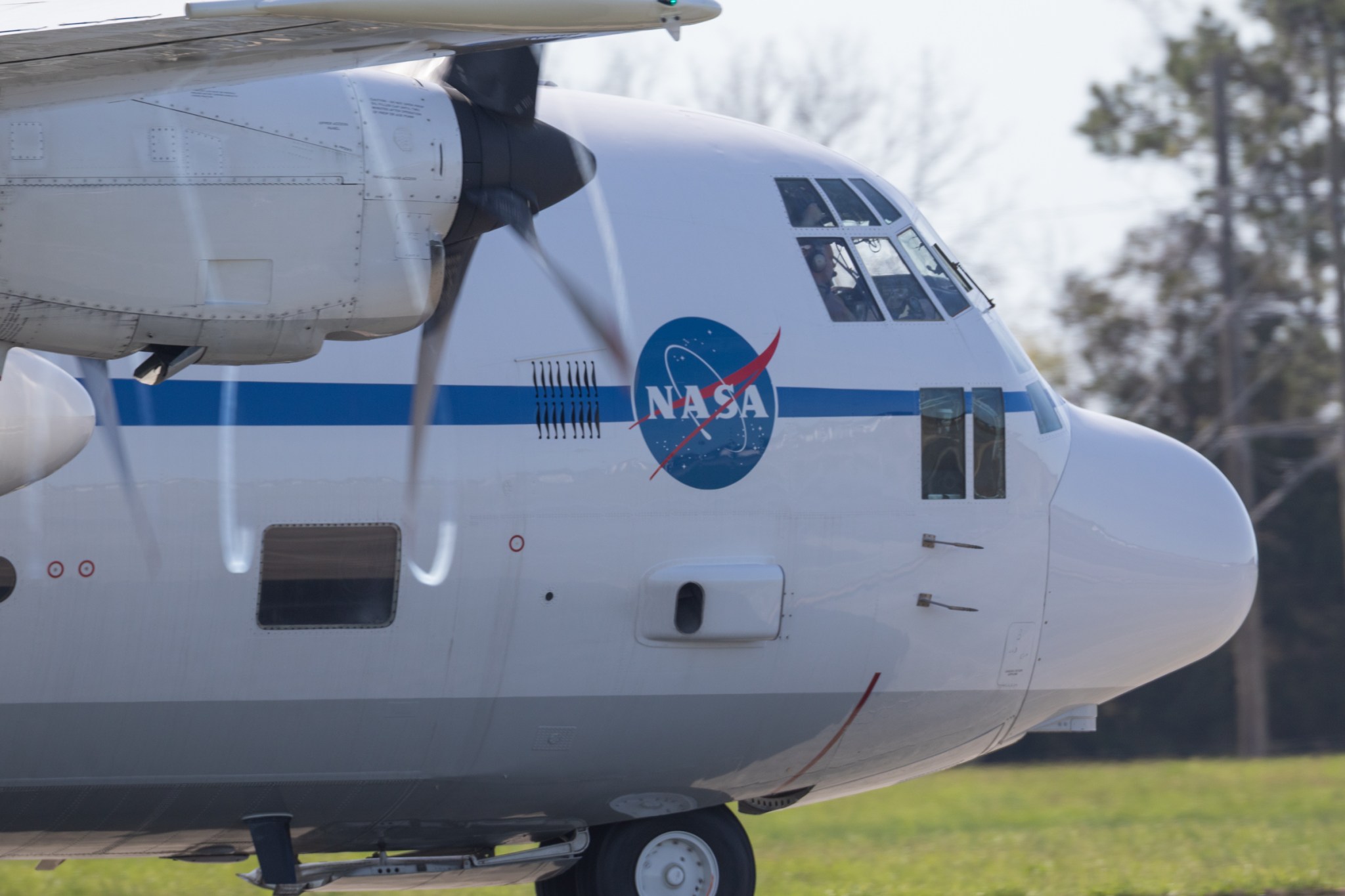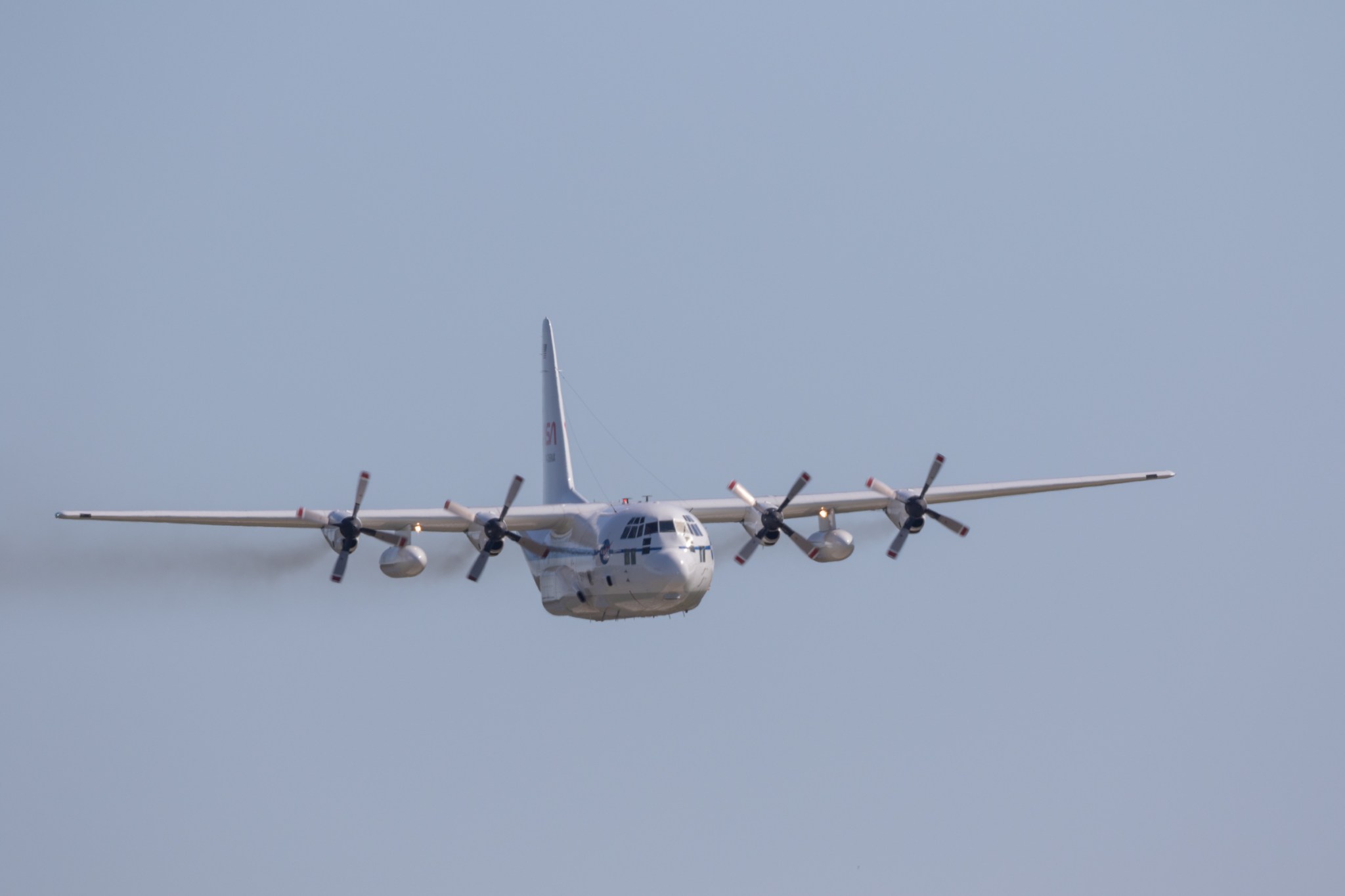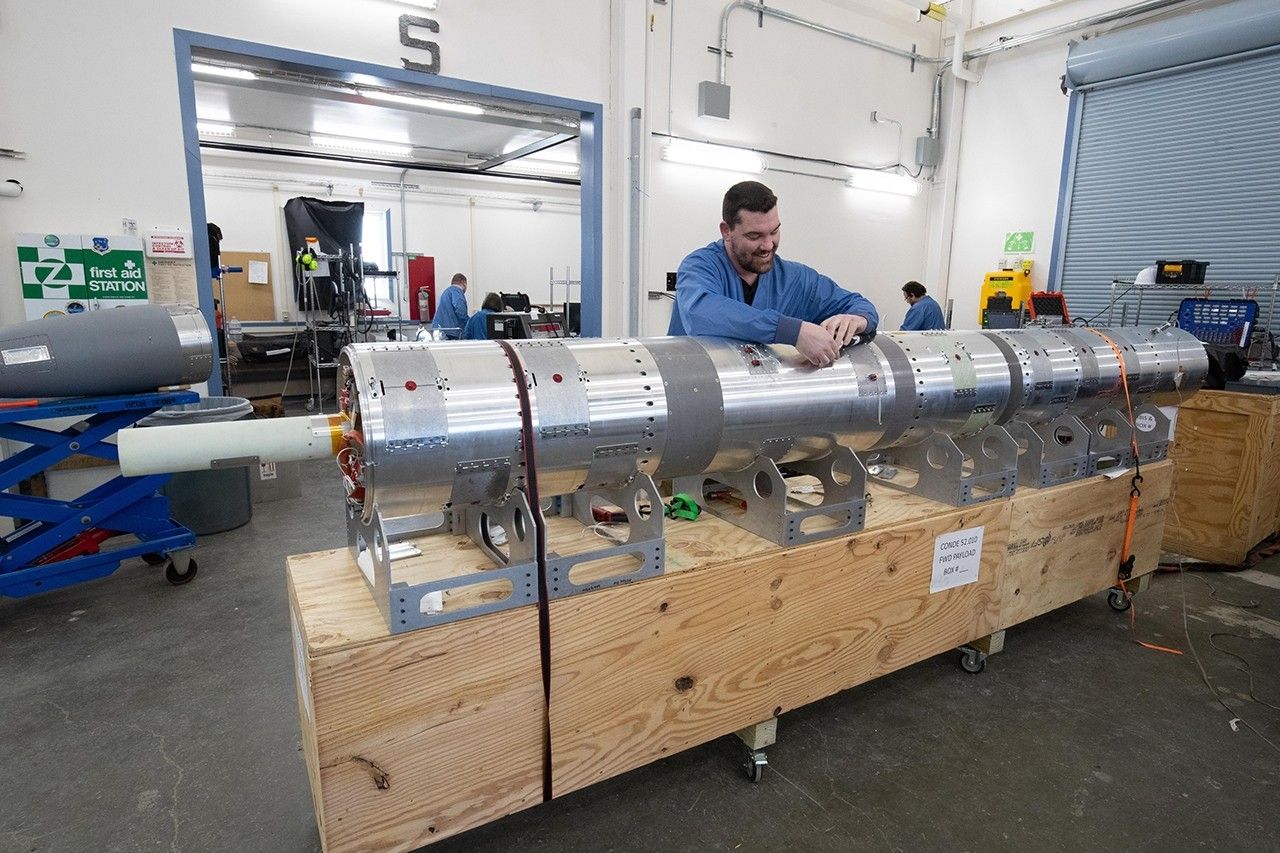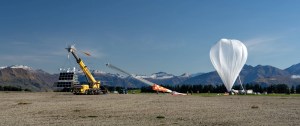A Fond Farewell: NASA’s C-130 Begins New Mission in California
- NASA’s C-130 Hercules aircraft has departed from its decade-long home at NASA’s Wallops Flight Facility in Virginia, marking the end of an era for the aircraft.
- The aircraft, now under the ownership of the California Department of Forestry and Fire Protection (CAL FIRE), will begin a new mission to serve and protect in California.
- The C-130 Hercules has supported NASA’s airborne scientific research, provided logistics support, and moved agency cargo during its time with the agency, logging approximately 1,820 flight hours.
- The transition of the aircraft to CAL FIRE is part of a long-running effort by NASA to consolidate its fleet and achieve greater operational efficiencies while reducing its infrastructure footprint.
- Additional aircraft housed at NASA Wallops will be relocated to NASA’s Langley Research Center in Hampton, Virginia, in the coming months.
2 min read
Preparations for Next Moonwalk Simulations Underway (and Underwater)
NASA’s C-130 Hercules, fondly known as the Herc, went wheels up at 9:45 a.m., Friday, April 18, as it departed from its decade-long home at NASA’s Wallops Flight Facility in Virginia, for the final time. The aircraft is embarking on a new adventure to serve and protect in the state of California where it is now under the ownership of the California Department of Forestry and Fire Protection (CAL FIRE).
The transition of the C-130 to CAL FIRE is part of a long-running, NASA-wide aircraft enterprise-management activity to consolidate the aircraft fleet and achieve greater operational efficiencies while reducing the agency’s infrastructure footprint.
“Our C-130 and the team behind it has served with great distinction over the past decade,” said David L. Pierce, Wallops Flight Facility director. “While our time with this amazing airframe has come to a close, I’m happy to see it continue serving the nation in this new capacity with CAL FIRE.”
The research and cargo aircraft, built in 1986, was acquired by NASA in 2015. Over the past decade, the C-130 supported the agency’s airborne scientific research, provided logistics support and movement of agency cargo, and supported technology demonstration missions. The aircraft logged approximately 1,820 flight hours in support of missions across the world during its time with the agency.
Additional aircraft housed at NASA Wallops will be relocated to NASA’s Langley Research Center in Hampton, Virginia, in the coming months.
For more information on NASA’s Wallops Flight Facility, visit: www.nasa.gov/wallops.
By Olivia Littleton
NASA’s Wallops Flight Facility, Wallops Island, Va.





